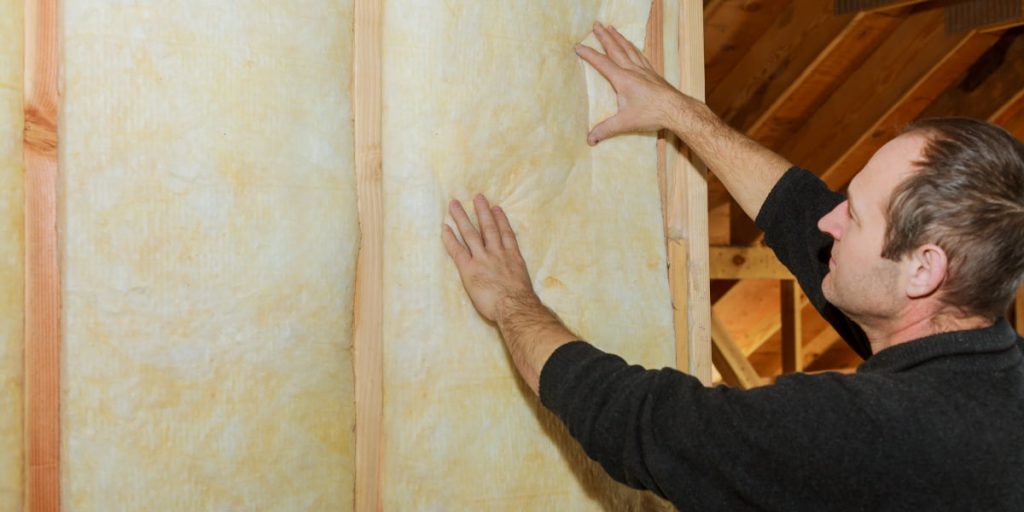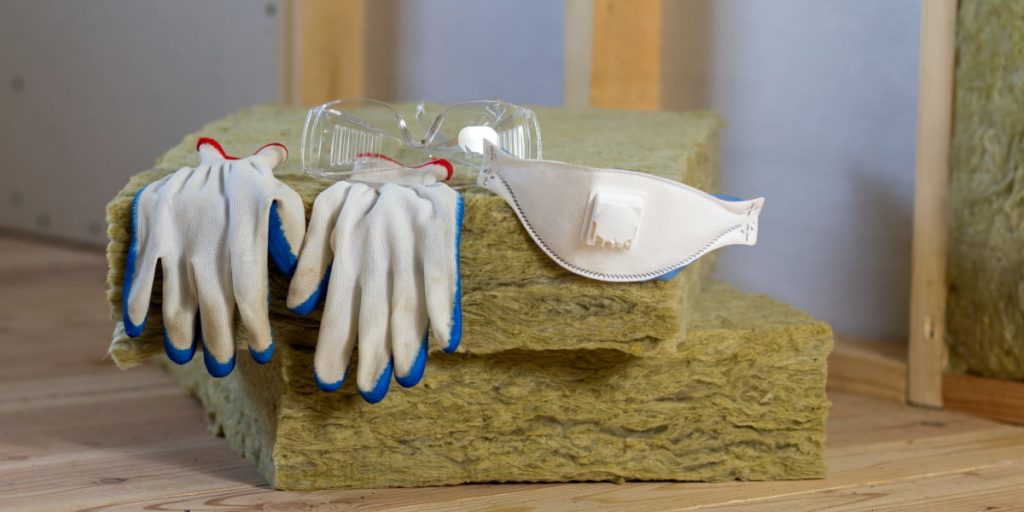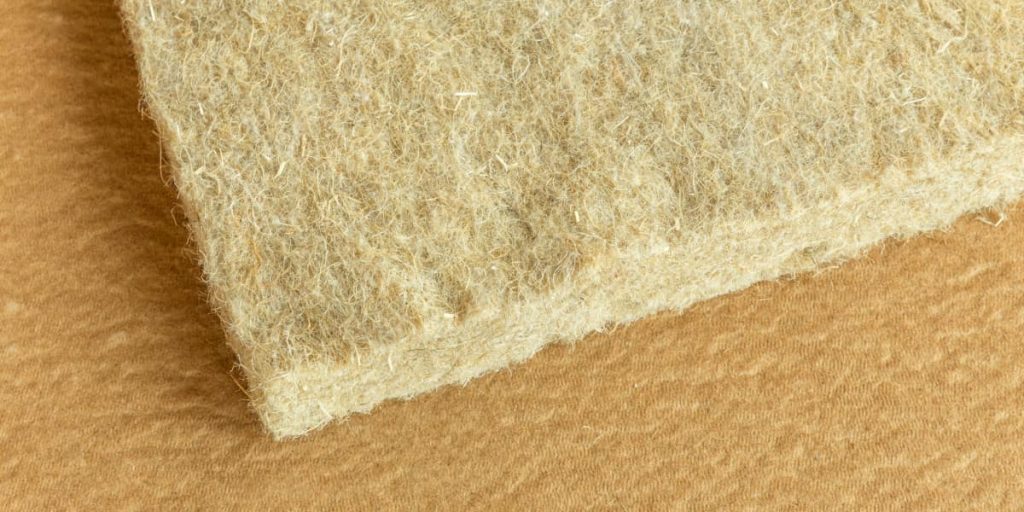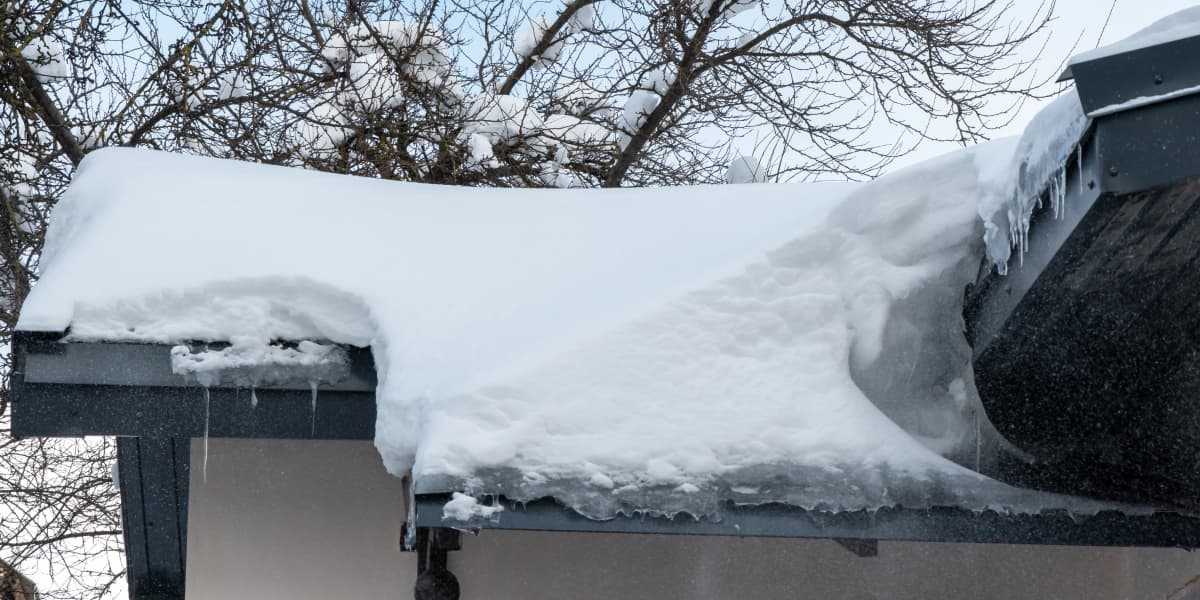Published on January 11th, 2023
Last updated on February 3rd, 2023
How To Insulate Walls: All You Should Know About Adding Wall Insulation

Builders use energy-efficient materials in the construction of modern buildings. They effectively keep heat. Their operating costs are much lower than for concrete or brick buildings. These buildings are still in use, and their heating costs increase yearly. Thus, there is a need to modernize these buildings and here we can help you out with our article on how to insulate walls. It is necessary to reduce heating costs and improve living conditions.
You make external or internal insulation of the walls to do this. Many skeptics claim that insulating a house or an apartment from the inside is not the best option. The first option is preferable. But sometimes, it is not possible to insulate from the outside. Thus, it is necessary to insulate the house from the inside. The inside insulation is a good way to:
- Provide the house with heat and comfort;
- Reduce energy costs.
We tried to cover this topic as much as possible: “How to heat the house? “What features should I consider to install insulation in walls?”
What are the Peculiarities of Adding Wall Insulation?

There are many different nuances when insulating walls. First, you need to know that not every building can insulate in this way because of:
- technical reasons;
- aesthetic city planning requirements.
The rules in force today provide for thermal insulation of the facade. On the inner side, you should lay:
- brick;
- concrete;
- stone.
They are “cold” layers with poor vapor permeability and good thermal conductivity.
It is essential to know why adding wall insulation from the inside is not the preferred option:
- the area will be smaller than the rooms when cladding the walls from the inside;
- it is possible to insulate surfaces. If you move all the furniture away, it will be impossible to use the room for some time;
- it is not enough to perform only the internal insulation. You need to provide extra ventilation. And also to protect the insulation from condensation. So it does not lose its insulating properties;
- the price of this insulation option is relatively high.
How to Properly Put Insulation in Walls?

The described processes prove that insulating the walls from the facade is necessary. This will ensure reliable insulation of the house’s walls against heat leakage. It is important to choose suitable thermal insulation materials for walls. And also follow the technical nuances of their installation.
You need to install insulation in walls from moisture where you find the dew point.
You will need:
- Vapor barrier your home from the inside. Use high-quality materials for this purpose. Then carefully seal all joints and cracks;
- Choose thermal insulation with minimum vapor permeability. The bearing walls of the house have a higher vapor permeability than the insulation;
- The adding wall insulation should be tight to the walls of the private house. Applying the adhesive to the substrate and insulation with a comb is crucial;
- Use mechanical ventilation to reduce humidity in the house. You can also install valves on the windows;
- It is necessary to calculate the thickness of the thermal adding wall insulation layer. You must take into account regional climatic features before walls insulating. You can’t take material with less than the calculated thicknesses;
- Thermal insulation for walls should be applied to a pre-treated surface. You can do it with antifungal or anti-mildew products.
What Insulation to Use in Walls?

Insulation of the house’s walls from the inside is often carried out with their hands, using foam, mineral wool, polystyrene foam, and polyurethane foam. It is worth considering all the negative and positive qualities of the insulation. Below you can see all possible materials and their characteristics to install insulation in walls.
| Name | Description |
| Styrofoam | Insulation of a garden cottage from the inside. Cottages use foam, which can have different thicknesses. This is one of the ways to insulate the walls on a budget. Styrofoam is a lightweight, sufficiently warm insulation material. It has a thermal conductivity range of 0.038 – 0.045 W/(m-K). Its thickness varies from 10 to 150 mm. But foam plastic is endowed with some disadvantages:low vapor permeability;combustibility;during combustion emits extremely harmful substances;easily destroyed by mechanical action. |
| Mineral wool | This material is environmentally friendly, but some experts consider this statement controversial. Thermal conductivity of mineral wool – 0,035-0,042 W/(m-K). Vapor permeability parameters are from 0.32 to 0.55 Mg/(m-h-Pa). Adding wall insulation inside the mineral wool is equal in price to the cost of the excellent foam. For insulation of the house from the inside, it is desirable to take plate materials, which are more practical in work, slowly shrinking. The negative aspects of mineral wool can be distinguished:The presence of joints during its installation;When exposed to moisture, it loses its thermal insulation properties, so it is necessary to create a vapor barrier when installing it;Work with mineral wool need to wear respiratory protection, overalls. |
| Polyurethane foam | Its thermal conductivity is 0.022-0.028 W/(m-K). This allows you to lay as thin a layer of polyurethane foam without framing, waterproofing installation, or prior base leveling. This is one of the best options for what kind of insulation to use in walls.Polyurethane foam is famous for:environmental friendliness;resistance to mechanical stresses;it is not damaged by rodents;a wide range of temperatures in which it can operate – from -50 ᵒC to 140 ᵒC. |
| Isolon | It is a relatively new material with a closed-cell structure. It has good sound and thermal insulation properties and elasticity. Externally it is similar to foam rubber, but it has different properties, has a different structure. It is also easy to install this insulation in walls.Isolon has:Low thermal conductivity – 0,031-0,04 W/(m-K);Low vapor permeability;Moisture-repellent properties;The absence of components that cause allergic reactions. |
Bottom Line
If you do not know how to insulate a wall cheaply, contact the professionals. In insulation, the result is essential, which depends on the quality of the added wall insulation. The cheaper the chosen materials, the lower their thermal insulation properties. Therefore, we do not recommend you save on materials.
FAQ
Can I insulate a wall with eco wool?
Ecowool is not suitable for insulating walls from the inside in a private house or apartment. It is environmentally friendly insulation made of cellulose and recycled paper. It quickly absorbs moisture and, therefore, can rot due to frequent moisture.
How to install insulation in walls?
Depending on the insulation material is attached to the surface on the adhesive or frame. For Styrofoam, the first method is more suitable. For mineral wool, choose the second. What is the best way to insulate the house? It is up to you to decide.
How to avoid unpleasant consequences in the internal insulation?
Thermal insulation material should not have a very high vapor permeability. The lower it is, the better. Ideally, the bearing wall has a higher vapor permeability than the insulator. In this case, the vapor will escape to the outside.
How to insulate walls in a corner apartment from the inside?
For insulation of a corner apartment suitable in principle, any available today type of insulation – rock wool, slabs, insulation based on polyurethane foam. If the dwelling is on the house’s first floor, then the ideal option would be external insulation of the walls.


